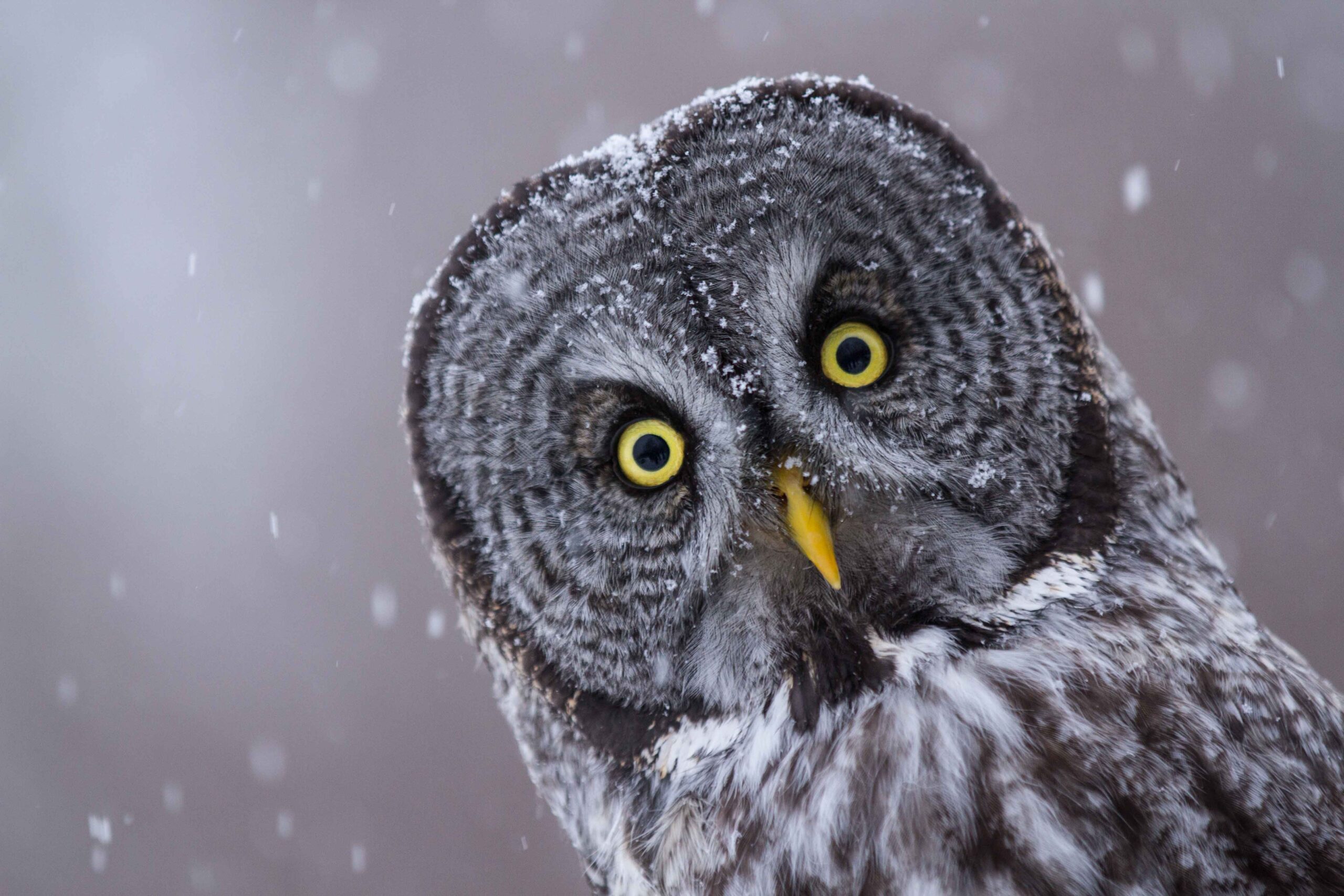Ever been serenaded by the night and wondered, “Who’s the vocalist?” More often than not, in wooded areas, that nocturnal melody emanates from an owl. But which owl? Identifying owl species by their calls is an auditory skill, a learned art. The task can seem daunting, but with focused listening and a little guidance, you can become adept at discerning the hooting heralds of your local ecosystem.
I. The Acoustic Arsenal of Owls: An Overview
Owls don’t just “hoot.” They possess a rich vocal repertoire, a symphony of sounds tailored to specific purposes. These vocalizations serve diverse functions, including attracting mates, defending territories, and communicating with offspring. Understanding this diversity is the first step towards effective identification.
A. The Classic Hoot: Territory and Mate Attraction. The stereotypical “hoo” is typically a male owl’s proclamation of territorial ownership and a seductive call to potential partners. Different species employ varying cadences and tonal qualities in their hoots, allowing for species-specific communication.
B. The Screech: Alarm and Aggression. Contrary to popular belief, not all owls hoot. Some, like the Eastern Screech-Owl, favor a tremulous, descending wail, a sound more akin to a horse’s whinny than a traditional hoot. This screech often signifies alarm or territorial aggression.
C. The Bark: Excitement and Contact. Certain owl species, particularly smaller ones, utilize bark-like calls for short-range communication. These barks might indicate excitement during a hunt or serve as contact calls between family members.
D. The Whistle: Juvenile Communication. Young owls often employ high-pitched whistles to solicit food and attention from their parents. These calls are typically distinct from adult vocalizations and fade as the owlets mature.
II. Distinguishing the Major Players: A Species-Specific Guide
Here we delve into the specific vocalizations of some common owl species, providing auditory cues to aid in identification. Note that individual variations exist within each species, but the general patterns remain consistent.
A. Great Horned Owl (Bubo virginianus): The Deep Voice of the Woods. The Great Horned Owl is recognized by its deep, resonant hoot, often described as a series of four to five evenly spaced “hoo-hoo-hoo-hoo” notes. These hoots are powerful and carry considerable distance, announcing the owl’s presence across the landscape.
B. Barred Owl (Strix varia): The “Who Cooks for You?” Call. The Barred Owl boasts a distinctive, multi-syllabic hoot that sounds remarkably like the question, “Who cooks for you? Who cooks for you-all?” This memorable call is a reliable indicator of the Barred Owl’s presence.
C. Eastern Screech-Owl (Megascops asio): The Whinnying Ghost. As mentioned earlier, the Eastern Screech-Owl favors a tremulous, descending whinny or wail rather than a traditional hoot. This ethereal sound is often mistaken for the cry of a small mammal or even a ghost.
D. Northern Saw-whet Owl (Aegolius acadicus): The High-Pitched Toot. The Northern Saw-whet Owl is characterized by its repetitive, high-pitched “toot” calls, often likened to the sound of a saw being sharpened – hence its name. These calls are typically delivered in a series, creating a monotonous but distinctive rhythm.
E. Barn Owl (Tyto alba): The Unearthly Scream. The Barn Owl is perhaps best known for its piercing, unearthly scream, a sound that can be both startling and unsettling. This scream is used for a variety of purposes, including territorial defense and mate attraction.
III. Refining Your Auditory Acuity: Tips for Owl Call Identification
Identifying owl calls effectively requires more than just memorizing descriptions. It demands attentive listening, contextual awareness, and consistent practice.
A. Utilize Audio Resources. Many websites and apps offer recordings of owl calls, allowing you to familiarize yourself with the nuances of each species’ vocalizations. Repeated listening is key to developing a robust auditory memory.
B. Consider Habitat and Location. Different owl species prefer different habitats. Knowing the typical habitats of various owls in your area can narrow down the possibilities when attempting to identify a call. For instance, a Barred Owl is more likely to be found in dense forests, while a Barn Owl prefers open fields and barns.
C. Pay Attention to Time of Year. Owl vocalization patterns vary throughout the year. During breeding season, owls tend to be more vocal as they establish territories and attract mates. Knowing the breeding seasons of local owl species can help you anticipate periods of increased vocal activity.
D. Practice Active Listening. Don’t just passively hear the sounds; actively listen to them. Focus on the pitch, rhythm, and duration of the calls. Try to visualize the sound and connect it to the image of the owl producing it.
E. Document Your Observations. Keep a record of the owl calls you hear, noting the date, time, location, and any other relevant details. This will help you track your progress and identify patterns in owl activity.
IV. The Broader Perspective: Conservation and Appreciation
Beyond the intellectual satisfaction of identifying owl calls, lies a deeper connection to the natural world. Understanding the language of these creatures fosters appreciation and fuels conservation efforts. By becoming attuned to the auditory landscape, we become better stewards of the environment and protectors of these magnificent nocturnal predators. So, listen closely. The owls are speaking; are you ready to understand?
